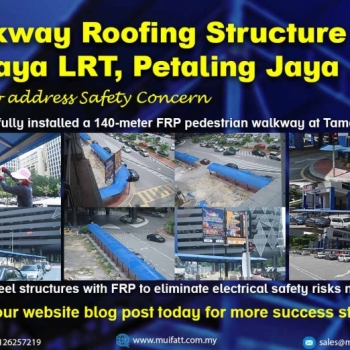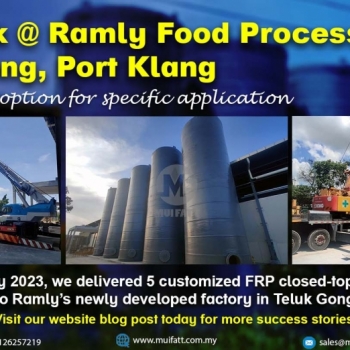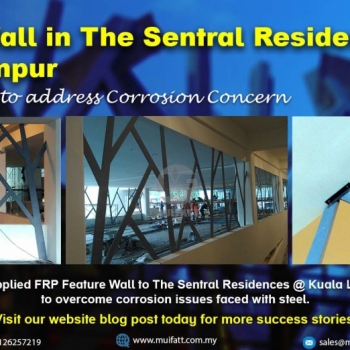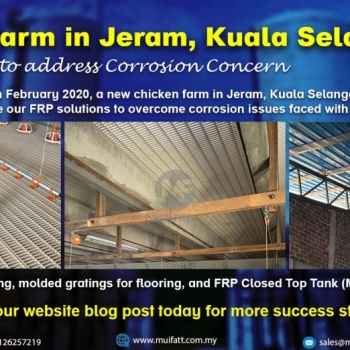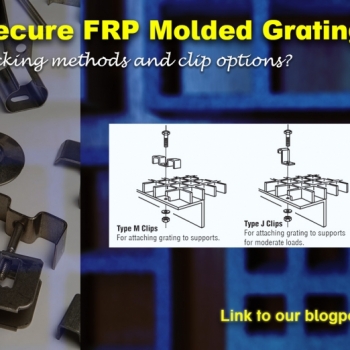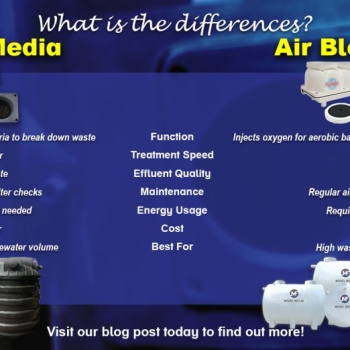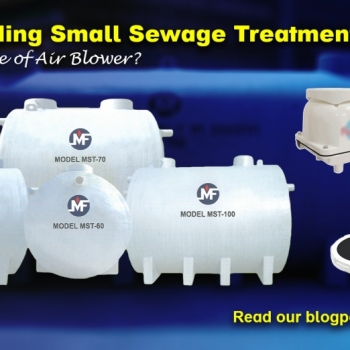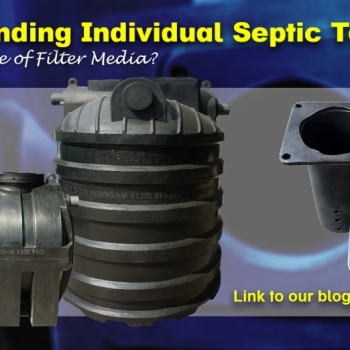In 2014, we successfully installed a 140-meter FRP pedestrian walkway at Taman Jaya LRT Station. This project replaced steel structures with FRP to eliminate electrical safety risks near a power substation. The walkway ensures long-term durability, low maintenance, and excellent weather resistance. Learn how FRP solutions improve public infrastructure.
The Art of Rotomolding: Durable Polyethylene Planter Pots
31 Jan 2025
Understanding Polyethylene Rotomolding: A Guide to Quality and Durability
- Key Takeaways
- What is Polyethylene Rotomolding?
- Limitations of Rotomolding and Their Hidden Advantages
- Rotomolding vs. Injection Molding: A Comparative View
- Why Rotomolding is Ideal for Large Items Like Planter Pots
- Conclusion
- Frequently Asked Questions (FAQs)
- What is rotomolding, and how does it differ from injection molding?
- What are the primary limitations of the rotomolding manufacturing method?
- Why is rotomolding more suitable for larger items?
- How does the durability of rotomolded products compare to injection-molded ones?
- Are rotomolded planter pots environmentally friendly?
Key Takeaways
-
Rotomolding is a specialized manufacturing process used to create durable, high-quality polyethylene products.
-
The process has limitations, such as the inability to produce thin-walled products, leading to higher costs but enhanced durability.
-
Compared to injection molding, rotomolding is better suited for large, hollow, and complex-shaped items like planter pots, while injection molding is better for lightweight, mass-produced items.
-
Thicker walls in rotomolded products contribute to their strength, making them more impact-resistant and long-lasting.
-
Rotomolding is widely used in industries that require durability, such as agriculture, construction, and water storage.
-
Sustainable manufacturing practices ensure minimal material waste, making polyethylene rotomolding an eco-friendly choice.
What is Polyethylene Rotomolding?
Rotational molding, commonly known as rotomolding, is a manufacturing process used to create durable and seamless plastic products. Unlike other molding techniques, rotomolding involves heating polyethylene powder in a rotating mold, allowing the material to evenly coat the interior surface. This results in a hollow, stress-free, and uniform product with superior durability.
Limitations of Rotomolding and Their Hidden Advantages
While rotomolding has many benefits, it comes with some limitations:
-
Cannot produce very thin-walled products – The method requires a minimum thickness for structural integrity.
-
Higher production costs – Since the process takes longer than injection molding, unit costs may be higher.
-
Limited material options – Primarily works with polyethylene and a few other thermoplastics.
Why These Limitations Add Value
Despite these challenges, rotomolding actually enhances product quality:
-
Thicker walls contribute to impact resistance, making rotomolded products more durable than injection-molded alternatives.
-
Uniform material distribution reduces weak points, preventing cracks and fractures.
-
Seamless designs eliminate leakage risks, ideal for applications like water tanks and planter pots.
Rotomolding vs. Injection Molding: A Comparative View
Rotomolding and injection molding serve different purposes based on product requirements. Here’s a simplified comparison:
-
Wall Thickness: Rotomolding creates thick, uniform walls, while injection molding produces thin and sometimes inconsistent walls.
-
Durability: Rotomolded products have higher impact resistance, whereas injection-molded products tend to be less durable.
-
Mold Cost: Rotomolding molds are generally lower in cost, while injection molding requires high-cost tooling.
-
Production Speed: Rotomolding takes longer, making it suitable for low-volume production, whereas injection molding is much faster for mass production.
-
Ideal Use: Rotomolding is best for large, hollow, and complex shapes like planter pots and water tanks, while injection molding is better for small, lightweight, and high-volume items.
While injection molding is great for producing thin-walled products at a lower cost, rotomolding is preferred for larger, more durable items that need to withstand environmental and mechanical stress.
| Feature | Rotomolding | Injection Molding |
| Wall Thickness | Thick and uniform | Thin and inconsistent |
| Durability | High impact resistance | Lower impact resistance |
| Mold Cost | Low | High |
| Production Speed | Slower | Faster |
| Ideal For | Large, hollow, and complex shapes | Small, lightweight, high-volume products |
Why Rotomolding is Ideal for Large Items Like Planter Pots
One of the most common applications of rotomolding is planter pots. Here's why:
-
Enhanced durability – Thick-walled design ensures long-lasting performance even in harsh outdoor conditions.
-
Seamless construction – No joints or seams prevent leaks and breakage.
-
Customizable designs – Available in various sizes, shapes, and colors.
-
Weather resistance – UV-resistant properties prevent fading and cracking over time.
The Process of Rotomolding Step-by-Step
-
Loading the Mold – Polyethylene powder is placed inside the mold.
-
Heating and Rotating – The mold is heated while rotating on two perpendicular axes.
-
Cooling Phase – Once the material coats the mold interior evenly, it is cooled to solidify.
-
Demolding the Product – The final product is removed from the mold and undergoes finishing processes.
Rotomolding Quality Control Standards
Ensuring high-quality rotomolded products involves:
-
Material testing – Checking polyethylene properties before production.
-
Wall thickness inspections – Ensuring even distribution for durability.
-
Impact resistance testing – Simulating real-world stress conditions.
-
UV stabilization tests – Protecting products from sun damage.
Sustainable Practices in Polyethylene Manufacturing
Mui Fatt prioritizes environmentally friendly rotomolding practices by:
-
Reducing material waste – Efficient powder usage minimizes excess plastic.
-
Recyclable polyethylene – Ensuring products can be repurposed or recycled.
-
Energy-efficient production – Optimizing heating and cooling cycles for minimal energy consumption
Conclusion
Polyethylene rotomolding remains a superior choice for manufacturing durable, large-scale products such as planter pots. While it may not be the fastest or cheapest method, its benefits in longevity and performance make it an invaluable technique. Mui Fatt continues to uphold high manufacturing standards, ensuring that our rotomolded products meet the demands of both industrial and consumer markets.
Frequently Asked Questions (FAQs)
What is rotomolding, and how does it differ from injection molding?
Rotomolding is a process that creates hollow, seamless products using a rotating mold, whereas injection molding forces melted plastic into a mold to create solid or thin-walled items.
What are the primary limitations of the rotomolding manufacturing method?
Rotomolding has slower production speeds, cannot produce very thin walls, and typically involves higher costs per unit.
Why is rotomolding more suitable for larger items?
Rotomolding allows for uniform wall thickness, seamless construction, and impact-resistant designs, making it ideal for large, durable products like planter pots and water tanks.
How does the durability of rotomolded products compare to injection-molded ones?
Rotomolded products are generally more impact-resistant and long-lasting due to their thicker walls and seamless construction.
Are rotomolded planter pots environmentally friendly?
Yes, many rotomolded planter pots use recyclable polyethylene and are designed for long-term use, reducing plastic waste.
#rotomoldingmanufacturing #polyethyleneproducts #rotomoldingvsinjectionmolding #durableplanterpots #polyethyleneplanterpot #rotomoldedproducts
Disclaimer:-
The content on this site is for general information and entertainment purposes and does not constitute legal counsel. We strive to keep our information as accurate as possible. However, we make no warranties about the completeness, accuracy, reliability, suitability, or availability with respect to the information contained on this page. You should rely on this information at your own risk. This website may include links to other third-party sites. These links are provided as a convenience to you as a reader, user, or browser only. We make no representation, warranty, or guarantee, nor do we endorse or take responsibility for any of the content of such sites.
Stay in touch with us if you’re interested in hearing from us promptly.
- Website - https://www.muifatt.com.my/home/
- Facebook - https://www.facebook.com/muifattmarketing
- Instagram - https://www.instagram.com/muifattmarketing/
- Google - https://goo.gl/maps/WxVY13gNcaRTS7Jp6
- Youtube - http://www.youtube.com/@MuiFattMarketing
- TikTok - https://www.tiktok.com/@muifattmarketing
- LinkedIn - https://www.linkedin.com/company/mui-fatt-marketing-sdn-bhd-
- Linktree - https://linktr.ee/muifattmarketing
- Shopee - https://www.shopee.com.my/muifattmarketing
- Lazada - https://www.lazada.com.my/shop/mui-fatt-marketing
Recent Blog
Customized FRP Closed Top Tanks for Ramly Food Processing
Our 33,080 UK gallon FRP closed top tanks, designed with exceptional durability and corrosion resistance, were successfully delivered to Ramly Food Processing’s newly developed factory. These customized tanks ensure efficient water storage to support their large-scale operations, demonstrating our capability to meet specific industrial requirements.
FRP Feature Wall at The Sentral Residences, KL
In 2016, Mui Fatt supplied FRP hand-layup flat bars for a featured wall at The Sentral Residences' carpark in KL Sentral, covering 20% of the overall feature wall area. The FRP material was chosen to mitigate corrosion issues, offering long-lasting durability compared to conventional steel. Post-installation, an onsite coating spray was applied to create a seamless finish.
Corrosion-Free FRP Solutions for New Chicken Farms
In February 2020, a new chicken farming plant was established in Jeram, Kuala Selangor. Learning from corrosion issues at their existing farms, the customer approached us for FRP solutions as a durable alternative to steel. We supplied FRP roofing, FRP molded gratings for flooring, and 10-meter high FRP Closed Top Tanks (MuiTank) as a feed silo. These FRP solutions offered superior corrosion resistance, ensuring longevity and hygiene for the new setup.
The Ultimate Guide to Locking Mechanisms for FRP Molded Grating
Understanding the right locking method for FRP molded grating is crucial for safety and durability. Learn about M clips, J clips, C clips, and disk plates, along with installation recommendations to ensure a secure and stable grating system.
Filter Media vs. Air Blower: Choosing the Right Septic Tank
Choosing between an individual septic tank with filter media and a mechanical septic tank with an air blower depends on efficiency, cost, and maintenance. This article breaks down their key differences to help you select the right wastewater treatment solution.
The Role of Air Blower in Mechanical Septic Tanks
Unlike traditional septic systems, mechanical septic tanks use air blowers to accelerate wastewater treatment. This article explores how air blowers enhance aeration, promote bacterial breakdown, and ensure a more effective sewage treatment system in Malaysia.
The Role of Filter Media in Individual Septic Tanks
Filter media plays a critical role in solid-liquid separation and biological treatment in individual septic tanks. This article explores the importance, types, and benefits of filter media in wastewater treatment, helping you make an informed decision when selecting a septic system in Malaysia.
